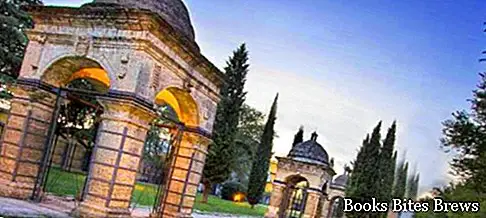What to see in Foggia, an itinerary including the main monuments and places of interest, including the public park of Villa comunale, the Cathedral, the Civic Museum, the Pinacoteca and the Calvario Church.
Tourist information
Almost entirely rebuilt due to a disastrous earthquake that occurred in the 1700s, Foggia is a modern city in Puglia, extended on the Tavoliere plain and characterized by the presence of thriving agricultural, commercial and industrial activities.
With origins dating back to the eleventh century, Foggia developed during the period of Norman and Swabian domination, it was also very flourishing under the Angevins and the Aragonese.
The route to visit the city can be started from the municipal Villa, which includes a beautiful public park created in the early 1800s.
Walking along Corso Vittorio Emanuele you reach piazza De Sanctis, the place where the twelfth-century cathedral is located, the upper part of which was reworked in the 1700s.
In the single-nave interior, in Baroque style, the Vetere Icon is preserved, or a revered Byzantine image of the Madonna, placed in the chapel on the right of the presbytery area, very interesting to see is the large crypt.
What see
Nearby, in Piazza Nigri, there is the civic museum, which includes an archaeological section, where artifacts from the ancient Dauno territory are preserved, including Neolithic ceramics, geometric vases, sculptures, small bronze objects, architectural fragments and a lapidary.
There is also a picture gallery, containing eighteenth-century paintings from the Neapolitan school, nineteenth-century paintings from the local school and some contemporary works, as well as a section dedicated to popular traditions and another to the city musician Umberto Giordano.
The Church of the Crosses, also known as the Church of Monte Calvario, built in 1693 in the place where the Capuchin father Antonio da Olivati had planted seven crosses along the path of a penitential procession, is particularly interesting for the domed chapels, arranged in perspective starting from the entrance arch.
Inside the church there is a relic believed to belong to the Wood of the Cross of Jesus, consisting of a Neapolitan school canvas depicting the climb to Calvary.
Under the crypt are the remains of those killed in the Great War, in the same place where the Carbonari meetings apparently took place during the Risorgimento period.




